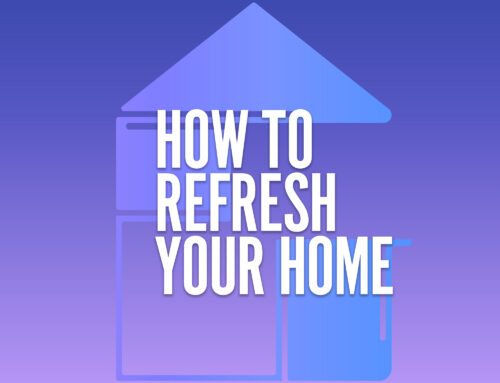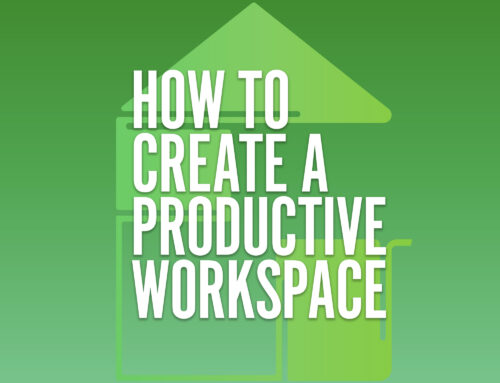Creating a “soul deep” self-care routine
Sure, bubble baths are great, but real self-care is a daily routine that improves the quality of your life
If you read the previous article on the what and why of “soul deep” self-care, you’re ready to move on to the actual doing. If you haven’t, please read that one first – it’s quick, but important.
You’re ready – you’ve taken the steps to find your inner ally, and you are now informed, confident and empowered. It’s time to begin your daily self-care routine, and it starts with learning an acronym.
CACAO – The ultimate self-care tool
There are a set of practices I call CACAO. No, not the chocolate version (which is also an amazing healer!) this one stands for:
Conscious breathing
Awareness
Compassion
Appreciation
Optimism
While there’s nothing new about these as healing practices, I’ve found that the traditional approach doesn’t work for me when I’m struggling with my mental health. For instance, trying to maintain a state of awareness while I’m in deep despair – not happening. Accessing a sense of compassion while I’m consumed with anxiety – again, a total no-go.
But knowing how powerful these practices can be, I developed a method to make them accessible for everyone. A way of turning them into skills you can use any time you need them. This approach integrates cognitive behavioral, somatic, and mindfulness-based techniques.
While these can work well on their own, blending them into a single tool is especially powerful. One such tool (and my personal favorite) is called “The Elevater.” Done in the morning, it gears you up – mentally and emotionally – for a good day. Done before bed, it reframes your day in the most positive light, setting you up for a peaceful night’s sleep. I use this daily, and of all the practices I do, this one has made the biggest difference in my overall quality of life.
How to practice “The Elevater”
You can do this lying down or sitting up, eyes open or closed, silently or aloud. And if you find audio helpful, you can listen to a guided version of The Elevater right here.
Conscious Breath: Pause and Breathe
- Ground yourself with physical touch. Place one hand over your heart and the other just below your belly button with some gentle pressure, hold your hands together firmly or gently squeeze your arms in a hug position.
- Take five slow breaths in and out through your nose. On the inhale, imagine sending the oxygen down into your lungs and belly, filling them up completely. On the exhale, allow your body to release whatever its holding – tension, anger, fear, worry, anticipation. If you feel any resistance, try silently repeating the word “release” on the exhale.
Awareness: Tune In
- Notice any physical sensations and name them in neutral terms. Direct your attention to any area of your body where you notice a physical sensation whether pain, tension, warmth, tightness, coolness, pulsing, or discomfort of any kind, and name it (i.e. “jaw tight,” “nose stuffed,” “butterflies in my stomach”).This will help depersonalize and take any emotional charge out of the sensation.
- If there are any strong emotions, neutrally name those as well (i.e. “angry”, “excited,” “upset”). You can also include the intensity level: “so angry,” “beyond excited,” “deeply upset.” If you’re unsure of the emotion, imagine breathing into the strongest physical sensation you’re experiencing, which can draw out the emotion.
Compassion: Validate & Reassure
- Validate your experience and offer yourself reassurance.“There is room for all of this, AND there is room for healing”. Or you can be more specific: “There is room for all this discomfort/pain/fear, and there is room for peace/calm/ease/joy.”
- Try out different wording to see what resonates. This kind of reassurance cues your body to release tension and creates receptivity for the upcoming affirmations.
Appreciation: Affirm the Good
- Place hands either on your legs or over your heart and tap slowly with alternating hands – you can also use one hand, alternating between thumb and fingers. This technique is called “bilateral stimulation.” Along with an affirming statement, it integrates the brain’s two hemispheres and gives the positive statement more juice.
- While tapping, visualize something you really want and affirm it as real. In your mind, create a picture of something you would really enjoy and can look forward to. Try to see it in detail and stay with the image until you feel it in your body. Then affirm this positive experience as something that will really happen: “I’m so excited about all the wonderful new people coming into my life” or “I can’t wait to be soaking up the summer sunshine on the beach” or “I’m so happy to receive this huge financial boost.”Note: By starting off with the positive anticipation of “I’m so excited” or “I can’t wait” you’re gearing yourself up mentally to receive something good, which triggers the release of “happiness chemicals” in your brain and body.
Optimism: Activate the Positive
This is intended as a writing exercise, but it can also be done while continuing to tap.
Morning: Before you begin your day, complete the following sentences:
- Today I’m looking forward to…
This can be anything from a strong cup of coffee to seeing a loved one or completing a home improvement project. - Today I will allow myself to…How can you help make the day go more smoothly? Can you make mistakes without self-criticism or let go of expectations? Or, can you release your anger towards someone or simply take the day easy?
- I will take care of myself today by…This can be anything to relax or boost your mood: take a walk, yoga, cook a healthy meal or talk to a friend.
Evening: Before you go to sleep, answer the following questions:
- What was one thing you enjoyed about your day? Everything counts – a killer cup of coffee, a peaceful walk or your favorite TV show.
- What made you feel good about yourself today? This can be anything from getting out of bed when you’re tired, eating a healthy dinner or doing this writing exercise.
- What made you feel good about other people or the world today? This could be something as simple as someone smiling at you on the street, a friend calling to say hello or something uplifting you read in the news.
Note: The benefits of journaling are well documented, ranging from reducing stress and enhancing your mood to increasing motivation and improving your physical well-being. Plus, writing down what you want for yourself not only makes it feel real, but you’ll also begin to behave in a way that helps it become real. As motivational speaker Les Brown says: “Where your focus goes, your energy flows.”

Elizabeth Kemler
Elizabeth Kemler is a seasoned curriculum designer, social entrepreneur, performer and mental health advocate. She has 25 years of experience supporting the development of clients’ communication skills, social-emotional competence, and mental health through dynamic programming, courses and wellness-based goods and services.
You can find Elizabeth's mental wellness courses here and visit her shop here.








